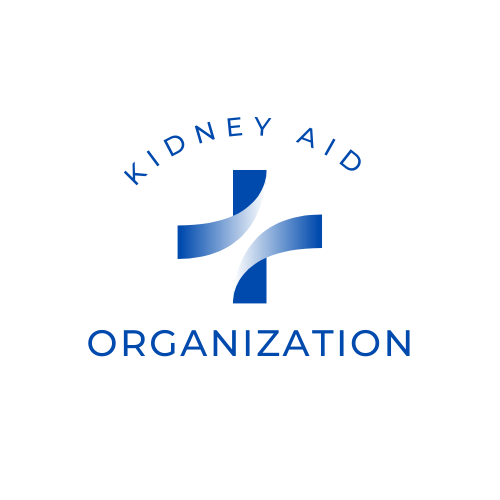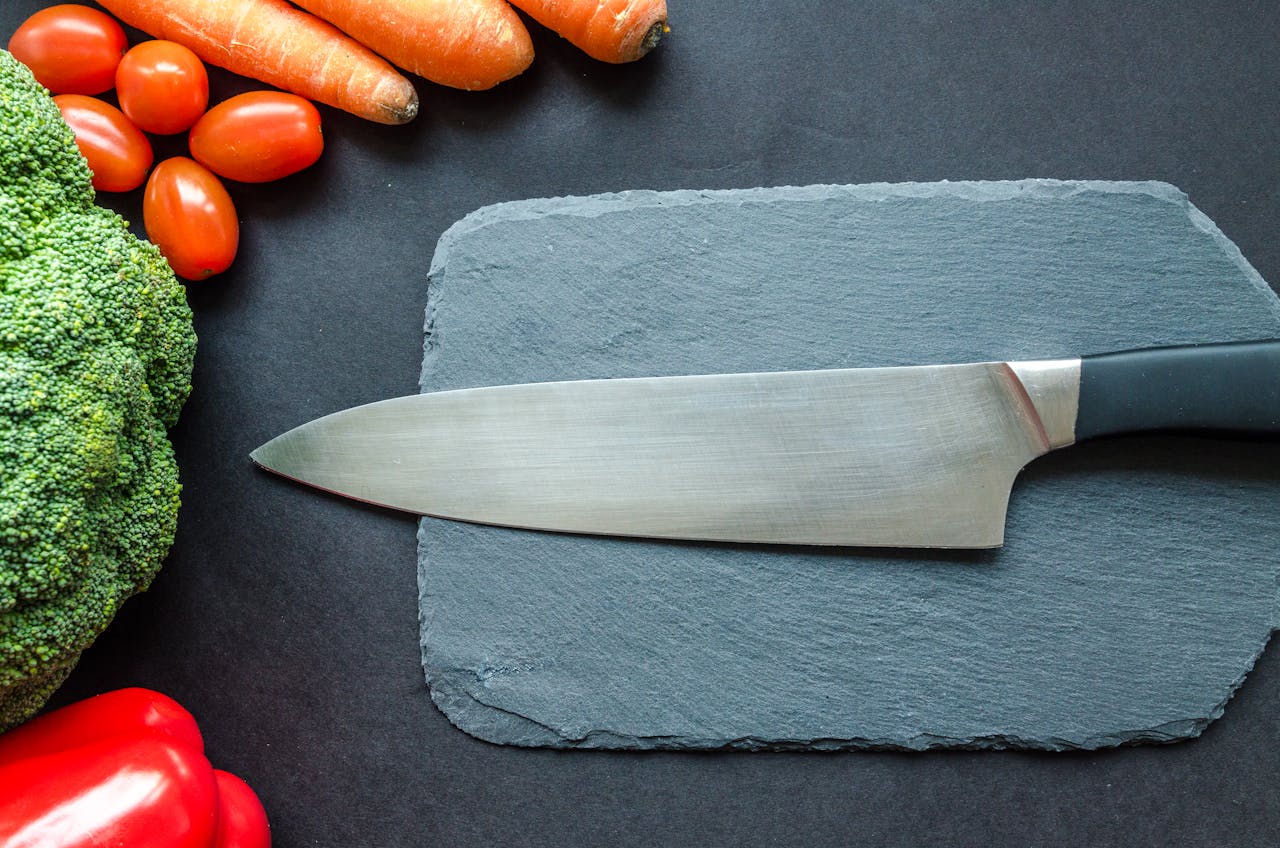The diagnosis of kidney disease can be overwhelming, especially for seniors who may already be managing complex dietary needs. The thought of rigid food restrictions can feel daunting, leading to anxiety about meal preparation and, in some cases, inadequate nutrition. As a kidney disease expert, I understand that a proper kidney disease diet cookbook for seniors isn't just a collection of recipes—it’s a vital tool for empowerment, health, and a better quality of life. The right resource provides delicious, manageable, and safe meals that adhere to the critical parameters of a renal-friendly eating plan.
The dietary changes necessary for managing kidney disease, such as controlling sodium, potassium, and phosphorus intake, are crucial. For older adults, these restrictions must be balanced with the need for sufficient calories and protein to maintain strength and prevent malnutrition. This is where a specialized cookbook becomes indispensable, simplifying the process and turning a medical necessity into a culinary pleasure.
Why is Finding the Right Recipes for Seniors with Kidney Disease So Difficult?
One of the biggest pain points for seniors and their caregivers is translating complex medical guidelines into practical, appealing meals. Many general cookbooks don't address the triad of limitations required for renal health: low sodium, low potassium, and controlled phosphorus. Seniors often rely on convenience foods, which are notoriously high in these exact nutrients, leading to a constant battle to check labels and perform complicated ingredient swaps.
A general cookbook also often overlooks the common co-morbidities associated with aging and kidney disease, such as diabetes or heart failure, which add further layers of dietary complexity. The fear of consuming the wrong food is a significant source of stress. A great kidney disease diet cookbook for seniors directly answers this challenge by providing pre-vetted, carefully calculated meals that take the guesswork out of eating. They offer simple, realistic options, ensuring the meals are both safe and enjoyable. For instance, finding low-potassium vegetables and knowing how to prepare them to further reduce mineral content is a common hurdle—a specialized cookbook provides these specific cooking tips.
How Can a Cookbook Address Low Appetite and Malnutrition in Older Adults with CKD?
Loss of appetite, changes in taste perception, and early satiety are common issues for older adults with Chronic Kidney Disease (CKD), often leading to a risk of malnutrition. Restrictive diets, if not managed creatively, can exacerbate this problem. This is a critical area where a dedicated kidney disease diet cookbook for seniors makes a profound difference.
The best resources in this category don't just focus on restriction; they focus on flavor maximization using kidney-friendly ingredients and spices. They move beyond bland, institutional-style food. By offering small, frequent, nutrient-dense meals that appeal to a senior's palate—like savory lean protein bowls or brightly flavored low-sodium soups—they encourage consistent caloric intake. Furthermore, they provide options for high-calorie, kidney-safe snacks and fluid-controlled desserts, which are essential for seniors who struggle to eat large meals. The inclusion of recipes that are easy to chew and digest also directly supports the needs of the elderly population. This targeted approach transforms meal planning from a chore into a routine of nourishment and pleasure.
What Key Nutritional Data Should Be Included in a Senior’s Renal Cookbook?
The cornerstone of effective kidney disease management is precise nutritional tracking, especially for individuals approaching dialysis or on dialysis. For a senior relying on a cookbook, the level of detail is paramount.
An expert-approved kidney disease diet cookbook for seniors must provide a comprehensive nutritional breakdown for every single recipe. This includes not just calories, fat, and protein—though protein intake must be carefully calculated based on the stage of kidney disease—but most importantly, the exact milligrams of sodium, potassium, and phosphorus. Without this data, the senior or caregiver cannot accurately monitor their daily intake limits, which are often prescribed by a registered dietitian or nephrologist.
Moreover, a top-tier renal cookbook will also include fluid content for liquid-heavy meals like soups or stews, helping seniors who are on fluid restrictions. It should also offer guidance on portion control and include renal diet meal planning templates. This high level of specificity empowers the user to confidently integrate the recipes into their overall renal nutrition plan, working in harmony with medical advice.
Can a Low-Sodium, Low-Potassium Diet Still Be Appetizing for Seniors?
Absolutely. The misconception that a low-sodium, low-potassium, and low-phosphorus diet is inherently unpalatable is a major obstacle to compliance. For seniors, enjoying their meals is directly linked to their willingness to stick to the diet. The most successful kidney disease diet cookbook for seniors champions the use of herbs, spices, and acid (like lemon or vinegar) to build deep, satisfying flavors without relying on salt or high-potassium ingredients.
Techniques like double-boiling vegetables to leach out excess potassium, using homemade low-sodium stocks, and incorporating allowed seasonings are culinary secrets that these cookbooks reveal. They demonstrate that a renal-friendly eating plan can feature classics like poultry, fish, and certain pasta dishes, simply adapted to be safe. By providing creative, delicious alternatives to high-risk processed foods and standard high-mineral ingredients, these tailored recipe collections prove that a healthy kidney diet doesn't mean sacrificing flavor or comfort. It means embracing a new, flavorful style of cooking that supports long-term health and wellness.

